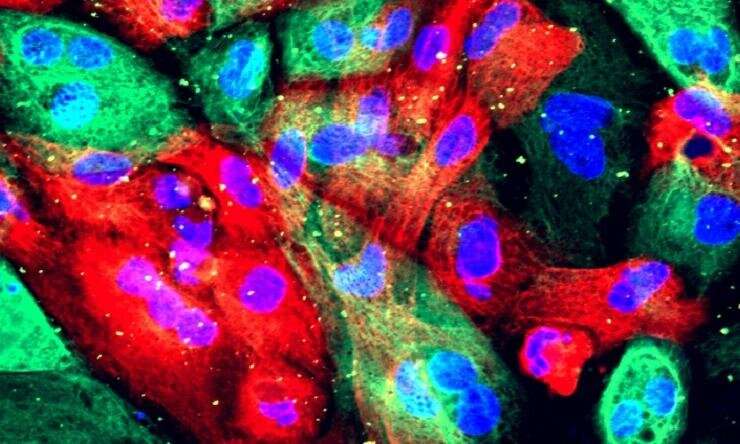Advancements in Machine Learning Enable Accurate Dengue Fever Predictions

Innovative machine learning models can forecast dengue fever outbreaks with 80% accuracy, aiding health officials in outbreak preparedness and response.
Researchers at Northeastern University have developed machine learning techniques capable of predicting dengue fever outbreaks with approximately 80% accuracy. This innovation offers a significant boost for public health preparedness, allowing healthcare providers to anticipate and manage spikes in dengue cases effectively.
Dengue fever, a mosquito-borne disease affecting nearly half of the global population, continues to pose a substantial health risk worldwide. The World Health Organization estimates around 40,000 deaths annually attributed to the virus. The disease is prevalent in tropical and subtropical regions, where mosquito vectors like the Aedes aegypti breed in stagnant water and related environments.
In regions where reporting systems are unreliable or delayed, forecasting disease outbreaks has historically been challenging. Addressing this, scientists led by Mauricio Santillana have employed ensemble machine learning methods that integrate multiple prediction models to enhance forecast accuracy. These models analyze existing data and select the most reliable predictions for future periods, considering regional variations and conditions.
By assessing how individual models perform over recent months, the ensemble approach can identify the most probable outbreak timeframe for the upcoming months. This system also consolidates consensus across different models, which perform variably across different environmental and social conditions.
The validation of this method took place across 180 locations worldwide, including areas in Brazil, Malaysia, Mexico, Thailand, Peru, and Puerto Rico, demonstrating robustness even when faced with incomplete or delayed data reporting. The findings, published in the Proceedings of the National Academy of Sciences, underscore the potential of machine learning to improve epidemiological forecasts.
Additionally, studies by other researchers, such as Michael Johansson, highlight the importance of regional and network-based patterns in dengue dynamics. His research indicates that dengue outbreaks exhibit synchronized peaks across neighboring countries, influenced by factors like climate variability and human mobility, which facilitate the spread of the virus.
Understanding these patterns can help health officials implement targeted interventions, especially in vulnerable regions where rapid case surges can strain healthcare resources. Factors such as water storage practices, garbage management, and travel patterns contribute significantly to mosquito breeding and disease transmission.
This innovative forecasting technology represents a promising step forward in dengue control, offering policymakers and healthcare workers a powerful tool to anticipate and mitigate future outbreaks. As climate change and urbanization continue to influence mosquito habitats and human movement, such predictive models will be critical for global health strategies.
Stay Updated with Mia's Feed
Get the latest health & wellness insights delivered straight to your inbox.
Related Articles
Collaborative AI and Medical Research Aim to Predict and Prevent Persistent Post-Surgical Pain
Advances in machine learning are helping clinicians predict and prevent persistent post-surgical pain by analyzing patient data and assessing prediction uncertainty, offering new hope for personalized pain management.
Reevaluating Low-Grade Prostate Cancers: Higher Risks Than Biopsy Results Indicate
New research indicates that some low-grade prostate cancers may pose higher risks than biopsy results suggest, urging a more comprehensive approach to diagnosis and treatment planning.
Innovative Treatments Offer New Hope for Hard-to-Treat Blood Cancers
New research reveals how existing drugs can be repurposed to treat challenging blood cancers by targeting previously overlooked DNA components, offering hope for patients with limited options.



